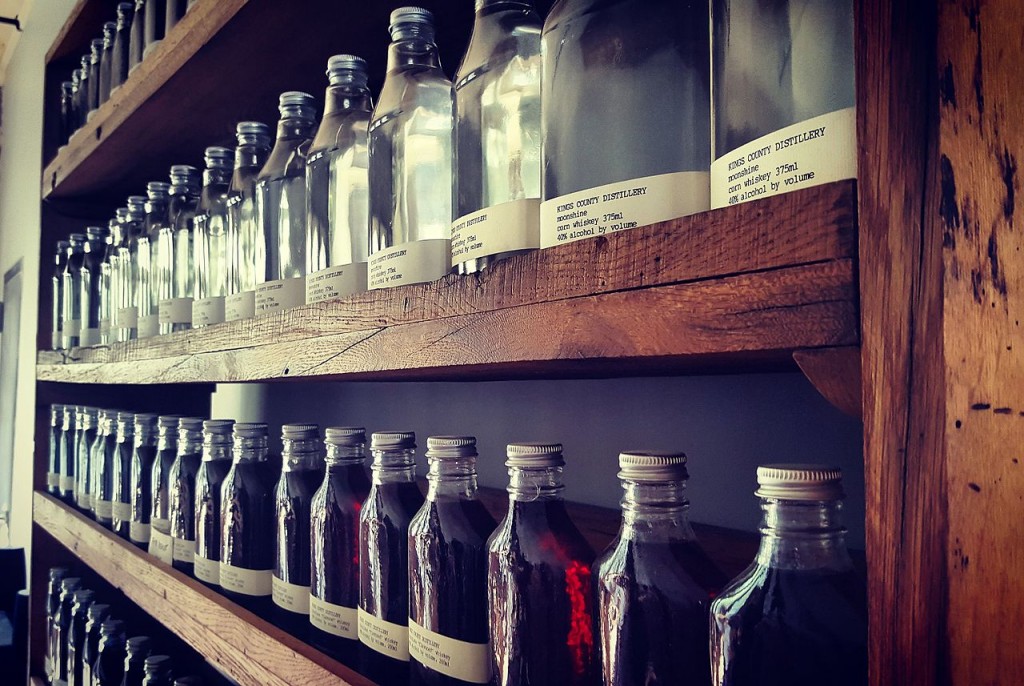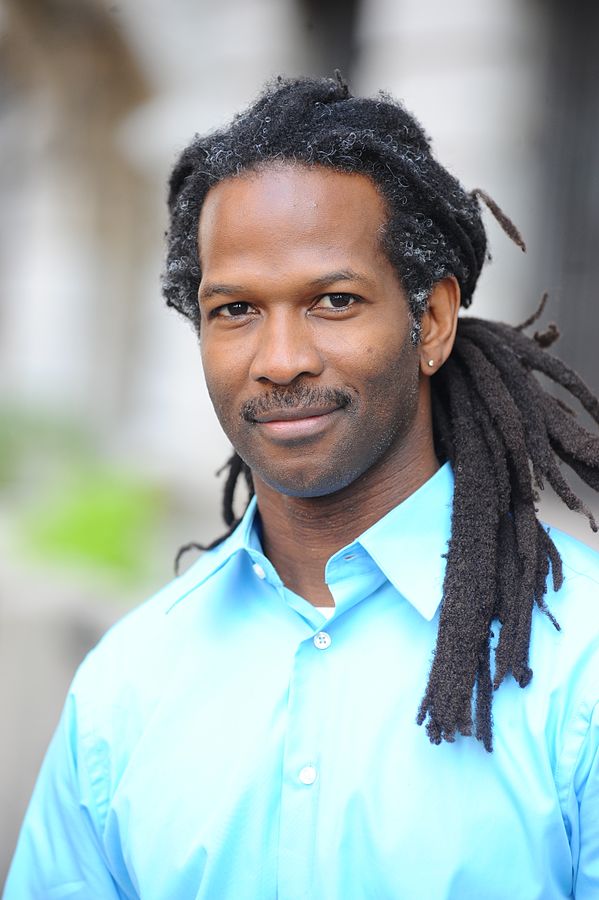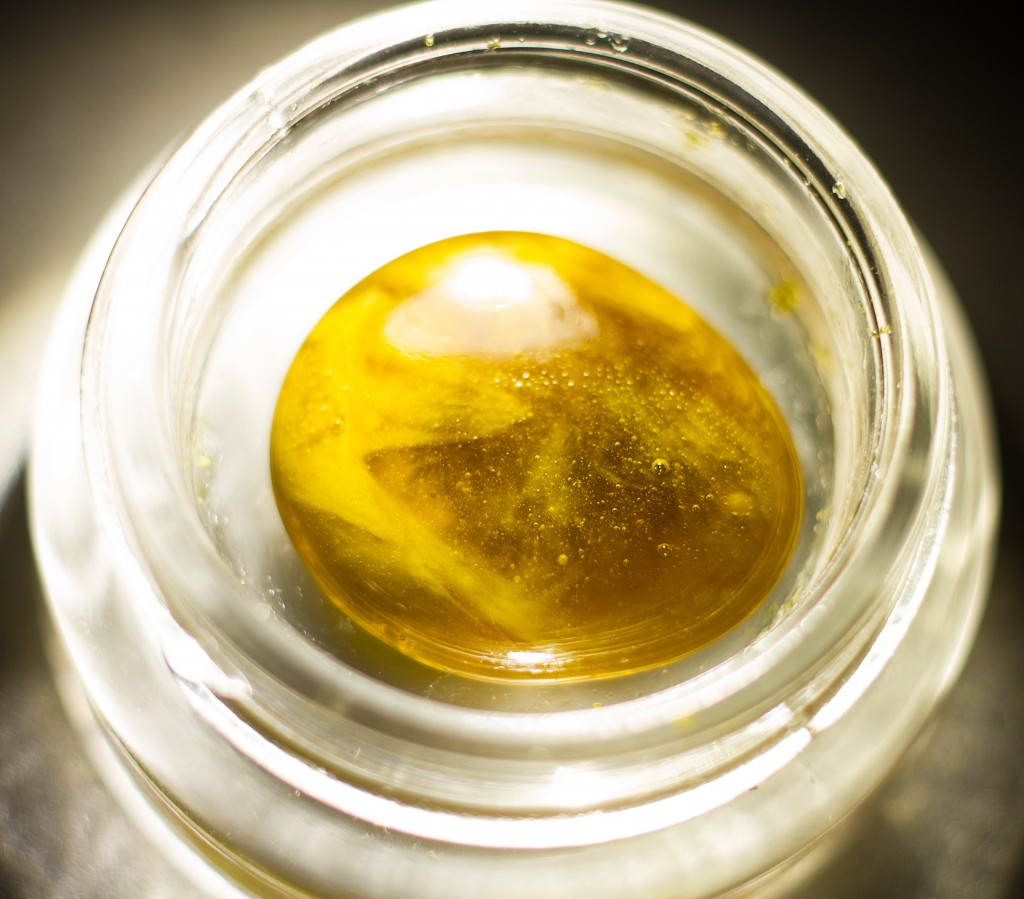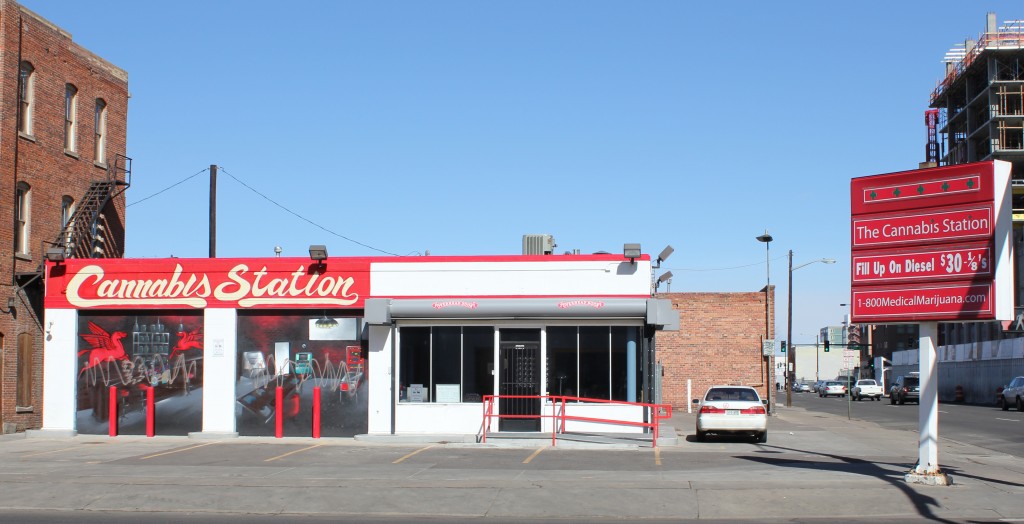Skunk is bad news. Bad for the health of some – though not all – of the people who use it. Bad for the public image of cannabis. And bad for those of us who long for a more sensible debate about drugs.
Jon Snow summed up this cat’s cradle of problems when he described the experience of inhaling a balloon full of vaporised skunk for Channel 4’s live experiment last year:
By the time I was completely stoned I felt utterly bereft. I felt as if my soul had been wrenched from my body… I cascaded into a very, very, dark place, the darkest mental place I have ever been. I was frightened, paranoid, and felt physically and mentally wrapped in a dense blanket of fog.
Like many people whose formative experiences of weed occurred in the last century rather than this one, Snow was blown away by the strength and mind-bending effects of today’s cannabis.
While under the influence, the researcher asked him to name as many cannabis-related words as he could think of in one minute. Visibly distressed, he replied “frightened… hospital… psychiatric unit… jump… knife.”
The tabloids had a field day. It put a familiar name and face to the media trope that skunk sends you mad, unlike the gentler drug of the 1960s and 1970s.
And it’s going mad that people are really worried about. Not the Reefer Madness era insanity of kids from good homes taking a puff and promptly murdering each other, but a much more prosaic world of addiction and psychosis, backed up this time by what appear to be hard facts and figures. Real problems which affect a minority of people, but which have a undeniably devastating impact on their lives.
So what exactly is ‘skunk’, apart from a lazy shorthand for super-strength cannabis?
In the scientific literature, it has come to mean something more specific: cannabis that contains a high percentage of Tetrahydrocannabinol (THC, the intoxicating part) but little to no Cannabidiol (CBD, an antipsychotic), in contrast to other milder ‘strains’ which contain lower levels of THC and more a significant CBD component.
Skunk is a deliberate creation of the illicit industry, fashioned by generations of selective breeding and advanced cultivation methods that have steadily pushed THC levels up over the last 20 years.
Why? In a word, because of prohibition. Cannabis is a valuable illicit commodity which is grown in secret and smuggled to its point of sale. It’s bulky stuff, and the more volume there is the harder it is to shift and the more likelihood there is of getting caught. Just as 1920s era bootleggers didn’t go around smuggling weak beer, but focused on hard liquor, so the illicit cannabis industry has had a natural incentive to develop plants that pack the maximum punch per gram.
As THC levels have risen, the CBD that used to feature in commercial cannabis has gradually disappeared. Partly, it seems, because growers are solely focused on THC, partly because consumers don’t know about CBD and there is consequently little demand for it, and partly because exposure to artificial lights may inadvertently inhibit natural CBD production. We’ll come to why that’s a problem in a minute.
It’s hard to escape the press coverage that draws a link between high potency cannabis and mental health problems, like the recent study that implicated heavy use of skunk in as many as a quarter of new cases of psychosis in London.
The science isn’t quite as clear-cut as that figure might suggest. It’s not the case that a couple of puffs can land you in hospital. The evidence from the work of Robin Murray and Marta Di Forti is that the connection is dose and age-dependent: people who consistently smoke four or five joints of skunk a day, and start doing so aged 15 or younger, have a elevated risk of developing psychosis. (The media reports of Robin Murray’s research bear little comparison to the measured way he talks about the data).
The question of whether this is correlation or causation continues to be hotly disputed: it is entirely possible that some or all of the people who present to mental health services are self-medicating with skunk to control or cope with the symptoms of psychosis, rather than the skunk causing the symptoms in the first place.
Or it may simply be that heavy, early use of cannabis maps onto other causative factors. Carl Hart notes that psychosis has been correlated with lots of other things: tobacco, alcohol, stimulants, sedatives. He argues that “both psychosis and cannabis use are more likely in individuals with a shared vulnerability to misuse of various substances and increased risk for various mental disorders”.
Meanwhile it is clear that many people use skunk without experiencing any adverse impact on their mental health. This may be because it’s only people with a particular genetic makeup who find themselves at risk.
For the press, of course, this is all literally and metaphorically academic – the kind of nuances that ruin a good story. Which is a shame, because the real story is a whole lot more interesting, and it centres on the role of CBD.
After years of being under-researched, we’ve seen a slew of recent papers comparing the relative harms of different varieties of cannabis. And we can now say with confidence that many of the negative effects that are associated with skunk aren’t seen with other forms of the drug.
In a series of studies, Val Curran, Celia Morgan and others have compared the effects of skunk with cannabis resin (hash), which tends to be less potent (lower in THC) but more importantly contains a more balanced ratio of THC to CBD. The live TV trial which was responsible for Jon Snow’s experience was one such experiment.
What they’ve found is of huge significance to the debate. The inclusion of CBD alongside THC substantially reduces the chances that the user will experience anxiety, paranoia and memory loss. Even when hash is smoked daily, there is no indication that users run a higher risk of psychosis.
CBD even appears to reduce the addictiveness of cannabis. Overall, around 9% of people who use cannabis during their lifetime find themselves addicted to it at some point. Yet people who smoke high CBD cannabis show fewer of the psychological indicators of addiction (they’re less attracted by drug cues like pictures of cannabis, and experience fewer cravings). While skunk correlates strongly with dependence, there is no such correlation with low-potency cannabis.
So skunk (high THC, low CBD) is associated with addiction and ‘psychotic-like’ symptoms in some who use it, while consumers of hash (and by extension and other variety of cannabis with similar levels of THC and CBD) appear to get the pleasurable upsides with none of the downsides.
In light of these findings, Curran now describes THC and CBD as the “yin and yang” of cannabis.
Why, you might ask, are people choosing to use something that can make you paranoid? Some heavy cannabis users, who have built up a level of tolerance to the drug, report that they appreciate the strength and quality of the high. But the truth is that for many users it’s not a matter of choice: skunk is the only cannabis they can get hold of. It literally dominates the market. In 2008, skunk made up 81% of police cannabis seizures in the UK, compared to 15% in 2002. Hash, on the other hand, is increasingly rare.
In fact, Curran and Morgan have asked users what they prefer to smoke, and found preferences evenly split between skunk, commercial weed (low THC and low CBD), and hashish and resin (variable THC with higher CBD). This strongly suggests that the current dominance of skunk in the UK market is not being driven by user preferences.
What we’re left with is a bizarre market, skewed overwhelmingly towards a single cannabis product which is associated with severe mental health problems. Frankly, no wonder the media is obsessed with attacking the status quo. No-one would design a market like this, and we shouldn’t pretend that it’s good enough either.
As Danny Kushlick of Transform once said:
Currently, cannabis is like a market where you go into the pub and all they’ve got on tap is absinthe. It’s ludicrous. What you want are low-alcohol beers and wines and other things. Where people have a choice they graduate towards milder versions.
Which raises a pertinent question: in those parts of the world where cannabis is legal to buy, is the situation any better? If anything, the dab bars of Colorado – where THC levels can be up to 80% – seem to epitomise a world in which potency is king.
But it would be a mistake to draw the conclusion that regulation in the US has simply perpetuated the hunt for ever stronger cannabis. This is a brave new world, and it’s evolving fast. To date, the legal recreational market has been driven by heavy users in their 20s with high levels of tolerance who want to party. In this world, high THC levels are a badge of quality. The extent to which these users are experiencing anxiety, paranoia, memory loss and other undesirable effects is unclear, but it doesn’t seem to deter them from the task of getting high (although interestingly, industry representatives report that they often pop CBD pills before cannabis tastings in order to reduce the chances of ill effects).
High CBD strains certainly do exist in the US, but they tend to be marketed as medicinal products: CBD is effective in relieving anxiety, epilepsy, chemotherapy-related nausea, and other conditions. However, with extremely low levels of THC (they can be 25 parts CBD to 1 part THC), these strains hold little attraction for the recreational user.
It looks like that is starting to change. I spoke to Sam Martin, managing editor at leafly.com, a repository of information on different strains with copious user reviews. Sam explained that so-called ‘1:1 strains’ (which have equal proportions of THC and CBD, like the hash tested by Curran and Morgan) are increasingly popular.
We’re actually seeing a huge spike in interest in CBD,” he said. “It’s now the number 1 search term on the site. A noticeable trend is that less experienced users, or people who haven’t used cannabis in a long time, are actively seeking out strains that will help them to relax rather than get them totally wasted.
The dispensaries themselves are having to become far more knowledgable about the science behind the strains as more people are starting to come through the door looking for milder recreational products.
Sam explained that the relative scarcity of 1:1 THC/CBD strains reflects the difficulty of cultivating cannabis with consistently high levels of CBD. In fact, many of the ‘medical’ strains on the market are bred from cannabis ruderalis (better known as hemp), which has naturally high levels of CBD but negligible levels of THC. To produce cannabis sativa or cannabis indica plants with consistently high levels of CBD requires generations of selective breeding in a carefully controlled environment to ensure consistent genetics. Just now, there aren’t many producers who are able to pull that off.
That said, there are a couple of dozen strains in the Leafly database that boast THC/CBD ratios of 1:1 or similar. And the user reviews are overwhelmingly positive.
I either felt the most sober I’ve ever felt while stoned, or the most stoned I’ve ever felt while sober. Either way, there was no chance of anxiety with this. It softens all the edges with its nice mellow stone but lets you stay control.
Leafly user ‘zipf’ reviewing ‘Pennywise’ (1:1 THC/CBD).
This weed is AMAZING. Helps my anxiety and panic attacks tremendously without causing any bad trips or paranoia. It also helps my depression a lot. I feel this cannabis strain has helped me become normal and happy all day!! Amazing!
Leafly user ‘bigpopachuck’ reviewing ‘3D CBD’ (5:8 THC/CBD).
The CBD definitely mellowed the THC high, which was great. This was extremely relaxing – I was highly anxious, bordering on anger, and this just melted all of that away.
Leafly user ‘Montol’ reviewing ‘Cannatonic’ (1:1 THC/CBD).
Compare these reports with Jon Snow’s experience. Here is the solution, both in practical and PR terms, to the problem of skunk.
Despite some signs that the UK criminal market is starting to ape the kind of choice which many US consumers take for granted, with ‘artisanal’ and ‘organic’ strains available at premium prices, it’s extremely unlikely that British criminals are going start stocking CBD-buffered products as standard, because they really have no interest in the health of their customers. To bring that about we have lay down some rules. And the only way to do that is through a legal, regulated market.
If regulation means anything it has to mean safer products, quality control and proper labelling alongside diversity of choice – all the things we take for granted when it comes to food, cars, or cosmetics. A regulated market would create levers that could be used to act against the social and public health problems associated with skunk – levers that don’t exist under the criminal law.
One way is simply to withhold licences from products that aren’t safe. That’s the implication of the Lib Dem expert panel model, which envisaged a THC cap of 15% and a mandatory 4% CBD buffer on all legal strains. Outlawing skunk within a legal market could potentially work, as long as consumers were happy enough with the products on offer to not be tempted back into buying skunk on the black market.
Others may argue that such a system would discriminate against the many users of high-THC cannabis who do so without experiencing any problems, including medicinal users who value skunk-like strains for their pain-relieving properties.
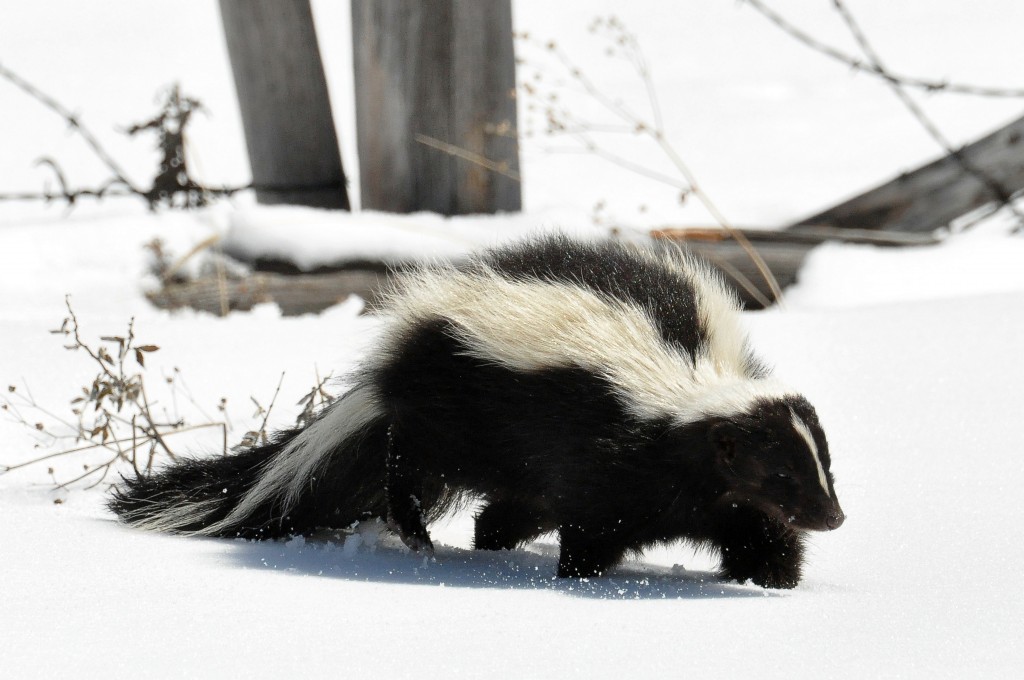
The Striped Skunk – not to be confused with high THC strains of cannabis… (Source: Wikimedia Commons)
A more elegant solution may be to license a more diverse range of products, and encourage people to switch to healthier products by giving them the information and the options they need to make an informed choice about what’s right for them.
And of course we would need to enforce strict age checks at the point of sale to keep cannabis out of the hands of children.
The US continues to evolve at blistering pace. Many in the UK are frustrated that progress here seems to be stalled.
One of the advantages is that we have time to think things through and design a regulatory system that pays a little more attention to the research data and to the fact that British consumers are genuinely worried about the health impacts of super-potent weed.
Progress here in the UK depends on campaigners being able to demonstrate that regulation can end the problem of ‘skunk’ and usher in a range of safer products. Finally, after years of waiting, we have the scientific research to prove our case, along with practical examples of well-functioning markets to point to in other countries.
Let the re-branding begin. We might even want to call it “safer cannabis”. Whatever label is chosen, the reality is this: regulated cannabis is the death knell of ‘skunk’.
Tim Colbourne is Director of Policy at Open Reason (Office of Nick Clegg). Tweets @twrc
[READ] ‘Fondues and FIne Teas’ – Repositioning Pot for the Middle Classes


